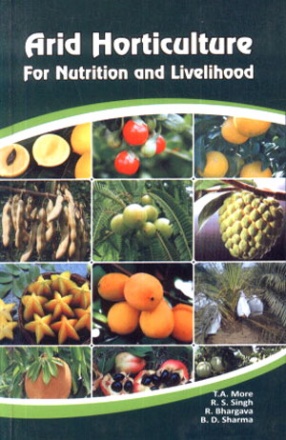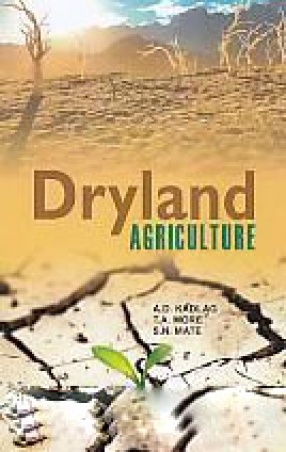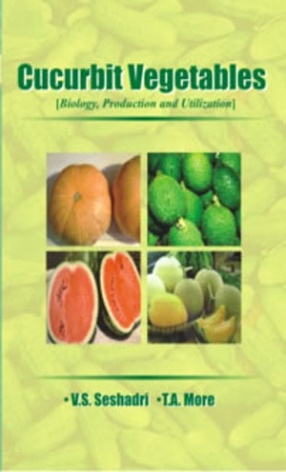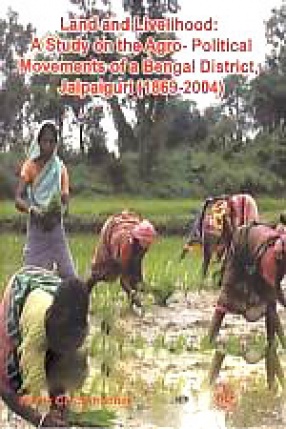The vast land resource, rich genetic diversity with many land races possessing resistance to biotic and abiotic stresses, animal based farming systems, conducive climatic conditions for production of quality fruits, vegetables and seed spices, opportunity for utilization of solar and wind energy, sufficient working force of family labour, developing infrastructure facilities, etc. are the strength of arid horticulture development. Whereas, extreme of temperature, recurrent droughts, problem of wind erosion, frost during winter, saline underground water, sandy soils, limited growing period, biotic pressure etc. are the limitations of the region, owing to occasional crop failure. The existing farming practices in the region are less efficient with respect to space and time, hence, it can not support the livelihood of the inhabitant properly. For nutritional and income security, arid horticulture plays a vital role in semi-arid and arid-regions.
Despite the immense potential, arid horticulture has got emphasis very late, as research and development in horticulture were confined earlier to high value crops and resource rich situations. Now, it is realized that integration of arid horticulture in existing farming system can play vital role in diversification of untapped natural resources. Since, the development of arid horticulture is comparatively recent, hence the published literature on this vital subject is scanty. Therefore, an effort has been made to compile the work done so far in the field of arid horticulture with special reference to Indian scenario for nutrition and livelihood.









There are no reviews yet.